Good morning! Are you ready to start planning your Everyday Cardigan? I’m excited to do this project together, and I hope you are too.
If you haven’t purchased your pattern yet, you may do so right here:
If you’re following this KAL, you shouldn’t need the tutorial version, just the pattern should do. Still, if you want it, you can get that here soon. (I’m still working on it as of this writing, but the button below will automagically change from “Sold Out” to “Add to Cart” once it’s ready):
If you’ve never knit a sweater before, don’t worry – it may seem intimidating at first, but as long as you take it one step at a time, you should have no problem. Please feel free to ask any questions that may come to mind. The comment section is yours, and no question is a silly question. Chances are, you are not the only one who might be unsure of something, so please do ask!
I know that some of you are visual learners (I am too!) and so I’ll be sharing some videos (from other talented knitters) that should help with the different steps.
Now, I know it is very tempting to just dive right in and get started, but there is some important groundwork to be laid. If you want your sweater to fit you nicely, you will need to take some measurements and you will need to find your gauge.
Choosing what size to knit
Before you can decide what size sweater to knit, you need to know how many inches you are around the bust area. Use a tape measure around the fullest part of your bust and make note of the number.
Take a look at the pattern under “Finished Measurements” and find the chest measurement that is the same or slightly larger than your own. That is the size you should knit.
The Everyday Cardigan does not have waist-shaping or hip-shaping, so that chest measurement is also the sweater’s waist measurement and its hip measurement. You should choose a size that will work best with all of these areas. Keep in mind how you intend to wear the cardigan most of the time (opened? buttoned just at the top? completely buttoned closed?) as well as how much ease you prefer in a sweater.
The pattern is written to include zero-to-one inch of positive ease. This means, it should fit your bust measurement closely, with just a little bit of wiggle room. It’s meant to be worn with some or all of the buttons fastened.
(If you never wear your cardigans closed, or you prefer negative ease (i.e. you like the garment to be very snug-fitting) then you should choose a size smaller than your bust measurement.)
Video: Knitting Help – Choosing a Sweater Size by VeryPink Knits
Because this pattern is written for multiple sizes, most of the instructions will have multiple stitch counts listed in the following format: a(b,c,d,e,f,g). If you are making the size listed in position “d” then you will always follow the instructions listed in position “d” throughout the pattern.
For example: The possible measurements are 32 (34, 36, 40, 42, 44, 48)”. If you are knitting a size 40, then you would read k1(2,3,4,5,6,7) as k4. If you are knitting a size 32, you would read it as k1.
I recommend printing out the two pages of the PDF that include the actual pattern. Then go through all of the instructions with a pen and circle the applicable number for your size in each instruction.
For this KAL, I am making two sweaters at once (I know, I’m crazy – we’ll see if I can keep up that pace or not…). The purple one will be a size 42, and the green one will be a 40. I printed out my pattern and used a purple pen to circle all of the appropriate measurements for the purple sweater, and then I went back and circled all of the instructions for the green sweater with the green pen.
Checking gauge
Now that you know what size you want to knit, it is incredibly important that your yarn and needles give you the proper gauge.
Making gauge swatches can seem like a waste of time when there’s real knitting to be done, but trust me – you would rather discover that you knit at a different tension than I do before you start on your cardigan.
Why?
Let’s say your gauge should be 5 stitches per inch, and you are knitting a garment that is meant to be 40 inches wide. The pattern would tell you to knit 200 stitches. (40 inches x 5 stitches per inch = 200 stitches.) Now let’s say your gauge is actually 6 stitches per inch, but you didn’t check, and so you are unaware of this. When you knit the 200 stitches called for in the pattern, they will only amount to just over 33 inches in width. Your garment ends up being nearly seven inches too small!
Gauge, as you can see, is crucially important, so don’t skip your swatching!
To make a gauge swatch, cast-on 30 stitches, and knit for 30 rows in stockinette stitch using the #7 circular needle called for in the pattern.
Measure how many columns of stitches (count the v’s) there are across four inches. You should have 20 (which is 5 stitches per inch).
If you have more than 20 stitches, you will need to try going up to a #8 needle. If you have fewer than 20 stitches, try going down to a #6.
The row gauge is less important, but still something of which you should be aware. Measure how many rows are in four inches. My gauge is 24 (or 6 rows per inch) and as long as yours is somewhere in that neighborhood, you should be fine.
Video: Knitting Gauge Basics from KnittingHelp.com
Basic Skills
I think that finding your measurements, choosing a size, and getting gauge is enough for this week, but if you have time for more, why not brush up on the basic skills you will need for the yoke?
For next week, you will need to know how to cast-on, knit, and purl.
Video: How to Cast-on: Long-Tail Cast-on from KnittingHelp.com
If you knit Continental-style (like I do) with the yarn held in your left hand:
Video: The Knit Stitch (Continental Method) from KnittingHelp.com
Video: The Purl Stitch (Continental Style) from KnittingHelp.com
If you knit English-style with the yarn held in your right hand:
Video: The Knit Stitch (English Method) from KnittingHelp.com
Video: Knitting – Basic Purl Stitch (English/Throw Method) from KnittingHelp.com
As you may have guessed, I am a big fan of KnittingHelp.com. In fact, watching those videos is exactly how I learned to knit after so many years of not-getting-it.
Next Week
We will cast-on, do the seed stitch collar, work some stockinette rows, and get started on the ribbing. In the meantime, have fun making your gauge swatches, and be sure to leave a comment if you have a question!



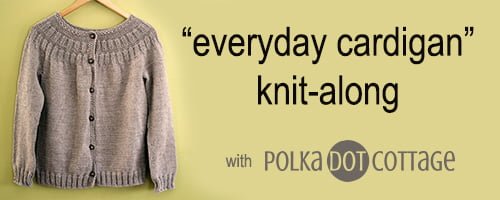

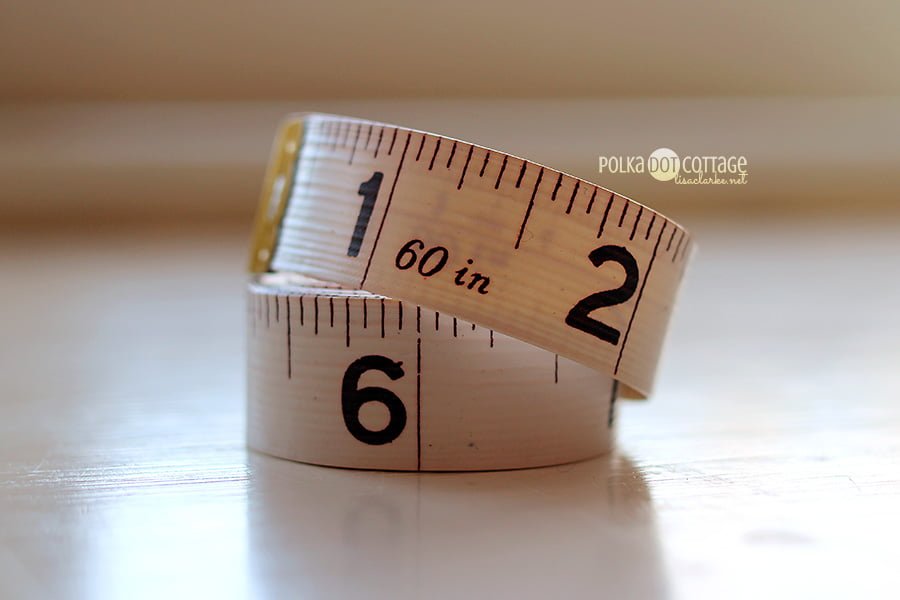
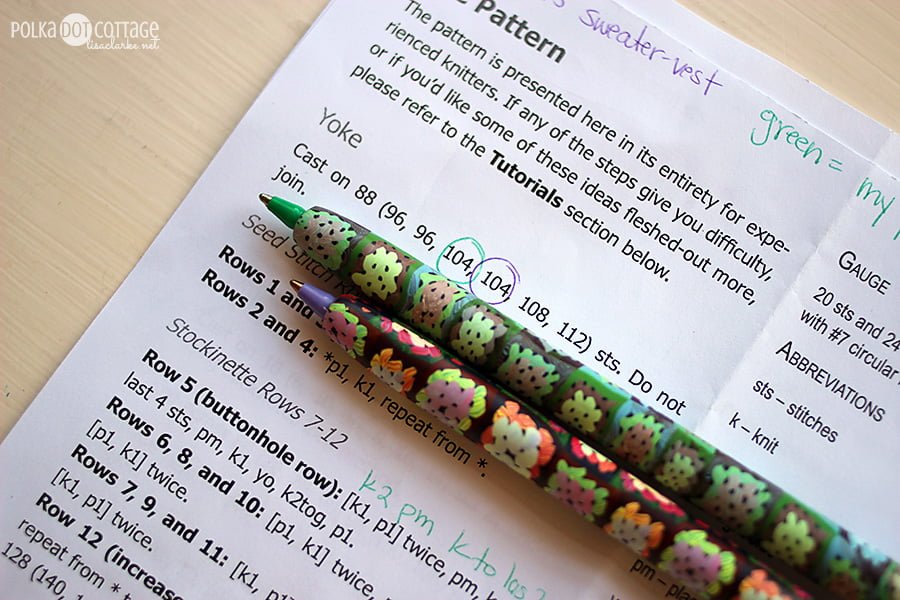
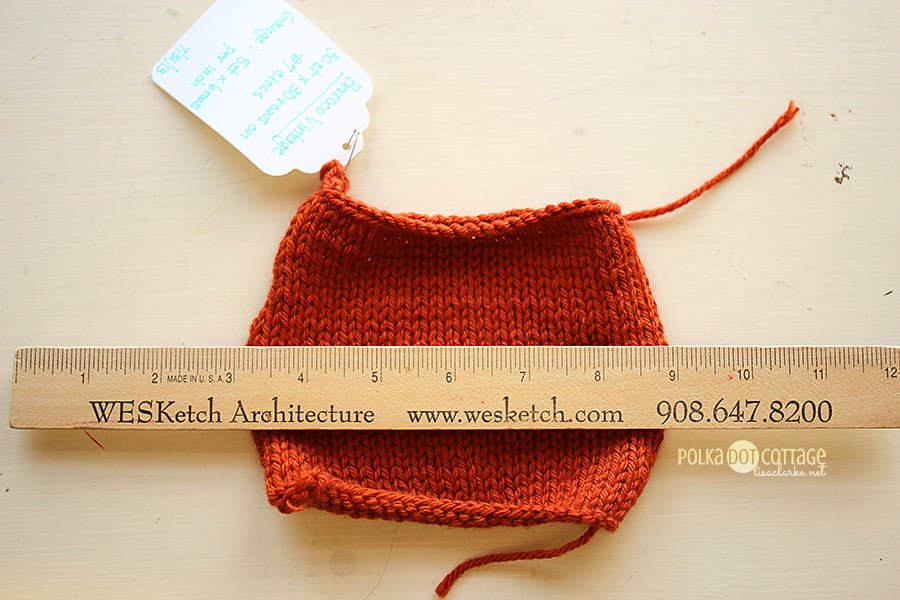
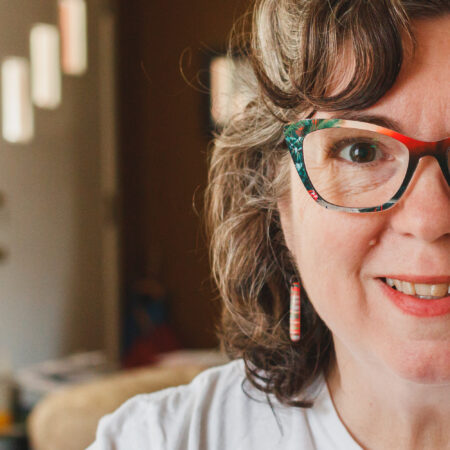

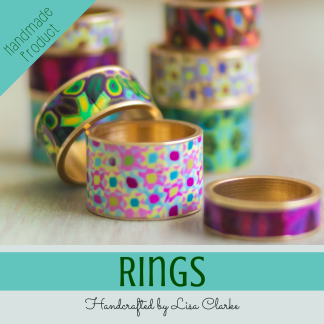


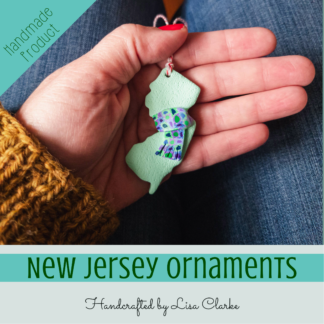
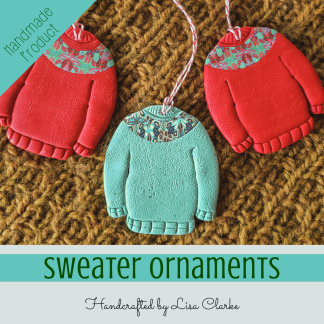

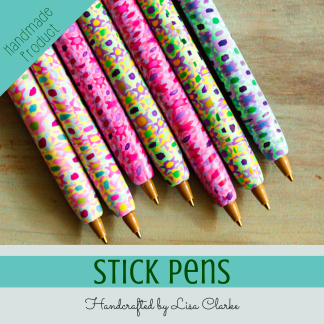
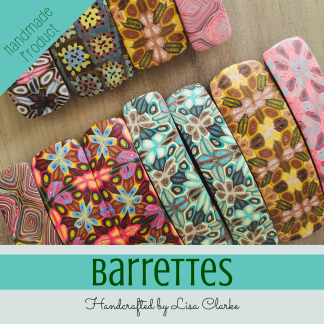
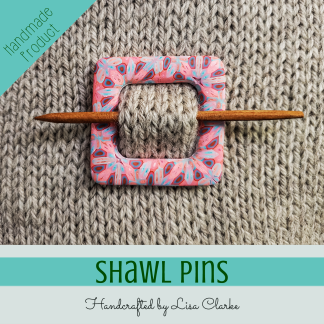














well i took the plunge and started. fingers crossed that i can hang in there with you. i prefer to make small things. but you have twisted my arm.
Yay! Maybe think of it as a series of small things that will add up to one big thing? Think of it as a yoke, followed by a body, and finishing up with two sleeves – that’s four small-ish projects 🙂
[…] Happy Monday! Are you ready to begin knitting the yoke? Last week we talked about important prep work you should do before you start your sweater. If you missed it, check that out here. […]
[…] pretty roomy. With this yarn, I probably could have knit a size smaller. Perhaps if I had followed my own swatching advice, I’d have known that going in! Live and learn. (Or, live and keep stubbornly repeating the […]
Love the sweater, pattern and knit along. I’m having lots of fun and your directions are awesome. Thank you so much for doing this. I’m using berrocos remix yarn. I had it in my stash.
Hello, after reading this remarkable post i am as
well cheerful to share my familiarity here with mates.